Choosing the right Technology Stack
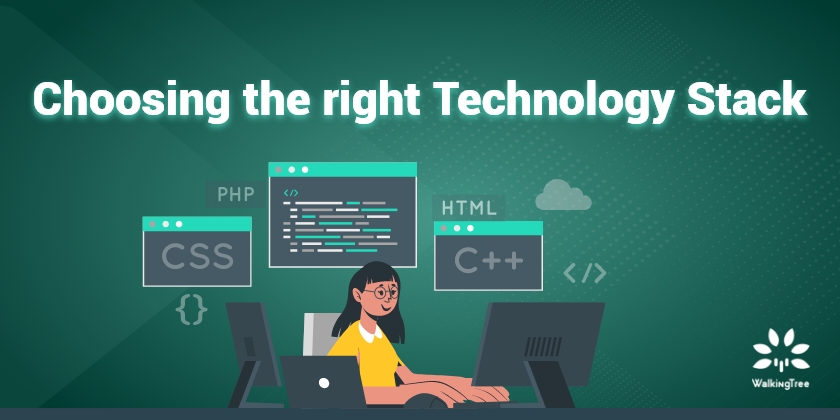

Investing in the various components of the tech stack is a decisive step to achieving success as a software business because your tech stack provides the product team with the resources they need to develop and manage the product while still ensuring that it continues to meet consumer needs.
To create something long-lasting, you need a solid base. That’s why a company’s technology stack is so crucial: it’s the fundamental framework that allows the team to develop with trust. While your consumers may not be able to see the products you select, the tech stack has a significant effect on their experience. New and exciting ideas still have an amazing journey ahead of them. They do, however, place a lot of pressure on their leaders to make the right decisions and act quickly. Every choice appears to be critical. There are a few main tactics that can help you concentrate on what counts rather than wasting time on things that don’t. “Choosing the right Tech Stack is like choosing the right ingredients for a good recipe”.
Companies seem to prefer engineering stacks that can take advantage of the potential of new technology, which makes sense. So, before choosing the best technology stack for a certain product, think more carefully to see if this software solution harnesses the power of technological advancements.
The importance of your technology stack
If you run a company aiming for a minimum viable product or a large enterprise looking to boost productivity, curating the right collection of resources for your team will help.
Your technology stack is the digital infrastructure that supports the company or, in certain cases, unique departments. It specifies how the various components of your company work and fit together. As a result, it provides a road map for your team members to follow, allowing them to produce ideal results for your company more quickly. The most effective tech stacks will help your team improve productivity by streamlining all of your processes. As a consequence, you can see an increase in your bottom line as soon as you introduce the strategy.
In this blog, we shall discuss different stack structures. Getting to know the latest technology is beneficial not only to programmers but also to those who work with programmers (such as project managers) and those who execute business strategies (such as entrepreneurs or CEOs).
Front-End Technology Stack
Starting with the frontend, for both mobile and web there is a long list of technologies that can be used. In general, they all have something to do with the direct or indirect use of HTML, CSS, JavaScript, and other technologies in combination. As a result, we’ll concentrate solely on the most important.

For Web
HTML is a markup language for designing and presenting content on the internet. This language controls the location and order of all page contents.
Cascading Style Sheets (CSS) is a programming language that is used to objectify and represent text. It usually entails the use of fonts, colors, layout characteristics, background content, and other elements.
JavaScript also has a part to play. Its most well-known use is as a scripting language for enabling interactivity in web pages in browsers. Many JavaScript modules, such as jQuery, Bootstrap, and Slick, are now integrated into frameworks including Angular, Vue.js, and React, allowing you to add powerful features to your user interface.
For Mobile
There are two types of mobile frontend technologies: native and hybrid. Cross-platform web technologies like HTML, CSS, and JavaScript are used in hybrid development.
Native development, on the other hand, relies on native or cross-platform programming languages such as Java and Kotlin for Android, Objective-C, and Swift for iOS, React Native, Xamarin, and Flutter for web development. Today, it is much more preferable to use a native mobile app development approach because it provides more control and simpler hardware access.
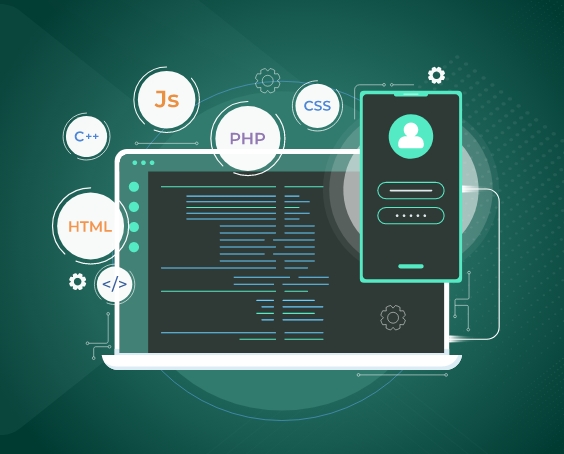
The Tech Stack for the Backend
Users aren’t aware of the server-side, but it powers the client side, just as a power plant does for your home. The most difficult part of designing your web application is deciding which server-side technologies to use.
Programming languages, servers, server-side applications, operating systems, databases, and APIs are all part of the backend. Business theory, hosting, deployments, and other factors all play a role. The MEAN and LAMP backend stacks are two common examples.
PHP is still used by the majority of websites today, making it one of the most common technologies. In any case, there are a plethora of other programming languages and frameworks to choose from.
Common frameworks for backend creation include Ruby on Rails,.NET, Spring for Java, Django, and Flask for Python, Swift, and Objective-C. Most developers like them because they are reliable for implementing popular features like user authentication, data access, and others. Ruby and Python, for example, are commonly used for rapid prototyping.

Middleware
Middleware serves as a backend-to-frontend translation layer that connects an application’s backend and frontend components. It rarely allows you to parse, communicate, and manage data between your app and a server or database. It’s typically written in Java or C#. Its function is critical in the real-time action delivery mechanism, which extends beyond sending requests and responses back and forth between the client and server.
Application servers, web servers, content management systems, and other similar resources make up middleware, which aids in the creation and distribution of applications.
What to Think About When Choosing a Tech Stack
Aside from production costs, time to market, and maintenance concerns, there are a few other factors that must be considered when deciding on the right tech stack for a project.
A bad technology selection will cost you money, time, and other valuable resources for your project. To prevent pitfalls when selecting your software stack, you’ll need a good market analyst and professional developers. Here’s a list of things to think about when selecting a useful tech stack.
Defining the Platform
What are the project’s goals and objectives? This is a crucial pointer. Choosing a stack without knowing what you want from the project is a waste of time. At this stage, you should consider who your target audience is. When and where will they use your app? What is the most common active device among these individuals? Is it a smartphone or a desktop computer?
Existing Infrastructure
What software platforms and hardware would be needed for your application to run? Will you have to create APIs or depend on third-party integration frameworks already in place?
Even if you’re just getting started and haven’t yet invested in CRM, ERP, or other enterprise apps, you should think about what systems your app can integrate with.
Defining the Project Type
After you’ve defined the framework, you’ll need to do some more research to determine which software stack to use. The project’s size and complexity, processing strength, and business goals will all be factors to consider.

Small Projects
They are typically quick to produce due to simple specifications, and in the case of web projects, they can be introduced with less advanced technologies such as CMS or WordPress.
Mid-Size Projects
A higher degree of technical committees is needed for mid-size projects. Depending on the specifications and platforms, they can include the use of a variety of programming languages and tools. These ventures necessitate technologies with more complex and varied functionalities and integrations.
Complex Projects
If you want to create a social network, an online marketplace, a CRM, or an order management system, you’re in for a difficult task. For this, the use of several programming languages is unavoidable. This is similar to a mid-size project, but with more advanced features. You’ll need a lot of features, integrations, and complexity, so your software stack should be top-notch.
Developer Resources Availability
Some classic tech stacks (e.g., LAMP) are more common than others for a cause. Business owners must carefully evaluate the developer talent pool for the various software stacks they are considering for their solution.
Even if you aren’t bootstrapped and can afford to pay high wages to in-demand developers, the problem of resource supply can arise later when you hire more people or need to replace someone.
Requirements for Scalability Consideration for Security
The role of a tech stack in an application’s scalability is to allow for an increase in users and functions. Your developers can choose a tech stack that allows for the addition of new engaging features, user development, and seasonal increases in the number of users.
Your scalability plan should include both horizontal scaling (multiple application servers running at the same time to manage user traffic) and vertical scaling (the addition of more programs to process new data types). When the weather turns bad, scaling horizontally and vertically will save the app from crashing.
Considerations for Security
Isn’t it true that every company owner, including you, imagines an app that is well-protected against viruses and hacking attacks? Well, whoever persuades you to use a tech stack purely based on any hazy security concerns has no idea what they’re talking about when it comes to modern tech stacks.
Without a doubt, you want your web app to be safe. As a result, you should select technologies that allow you to develop a highly secure app. There are several different perspectives as to which programming language is the safest, but no language can guarantee complete protection.
Every web development technology has a reason, so choose the right tool first and then adhere to security guidelines. The majority of web development technologies have security guidelines that outline all measures for preventing threats and mitigating vulnerabilities. You must ensure that your web application is built in compliance with the required security guidelines.

Conclusion
Even if money isn’t an issue, selecting the best technology is dependent on the project specifications and the expertise of the team that will create it. This decision has the potential to make or break a project. You should look at items that are close to what you want to build to see how they were made. Finally, choose the option that best suits your business. You can select the technology you want to use based on your company’s priorities, criteria, and financial resources.



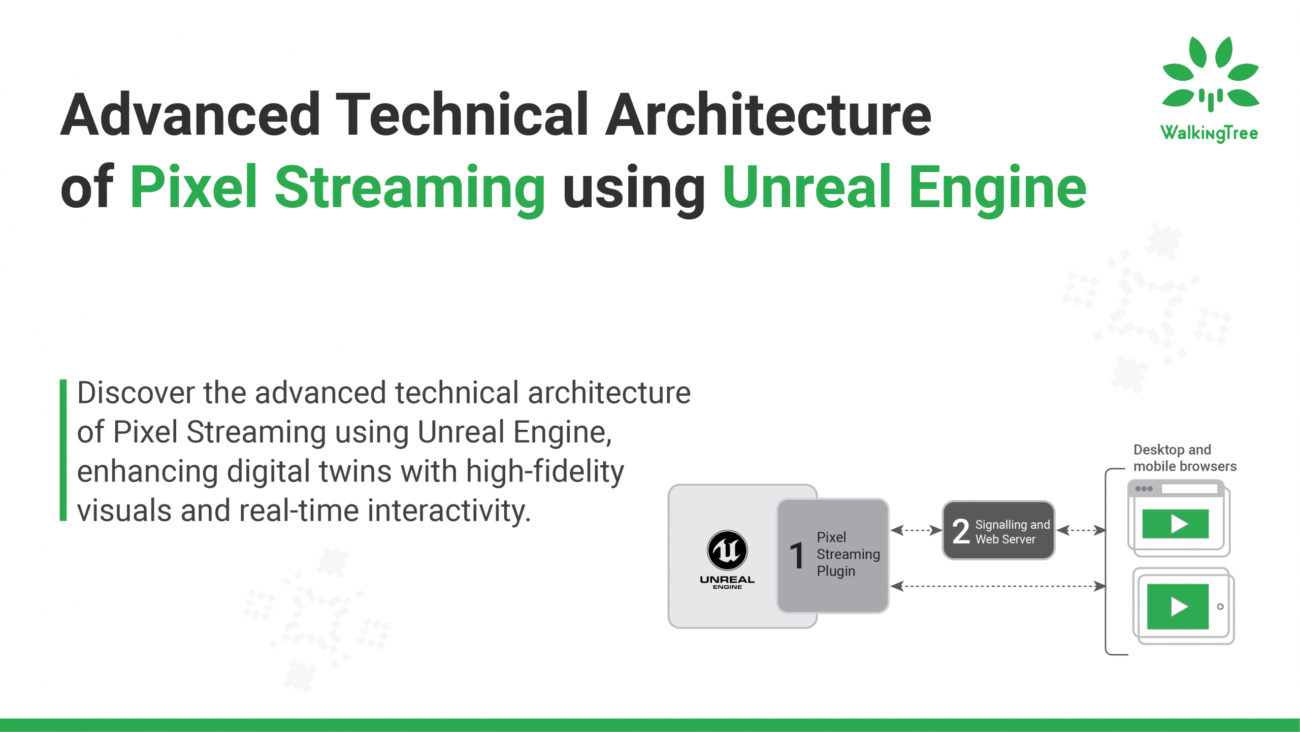

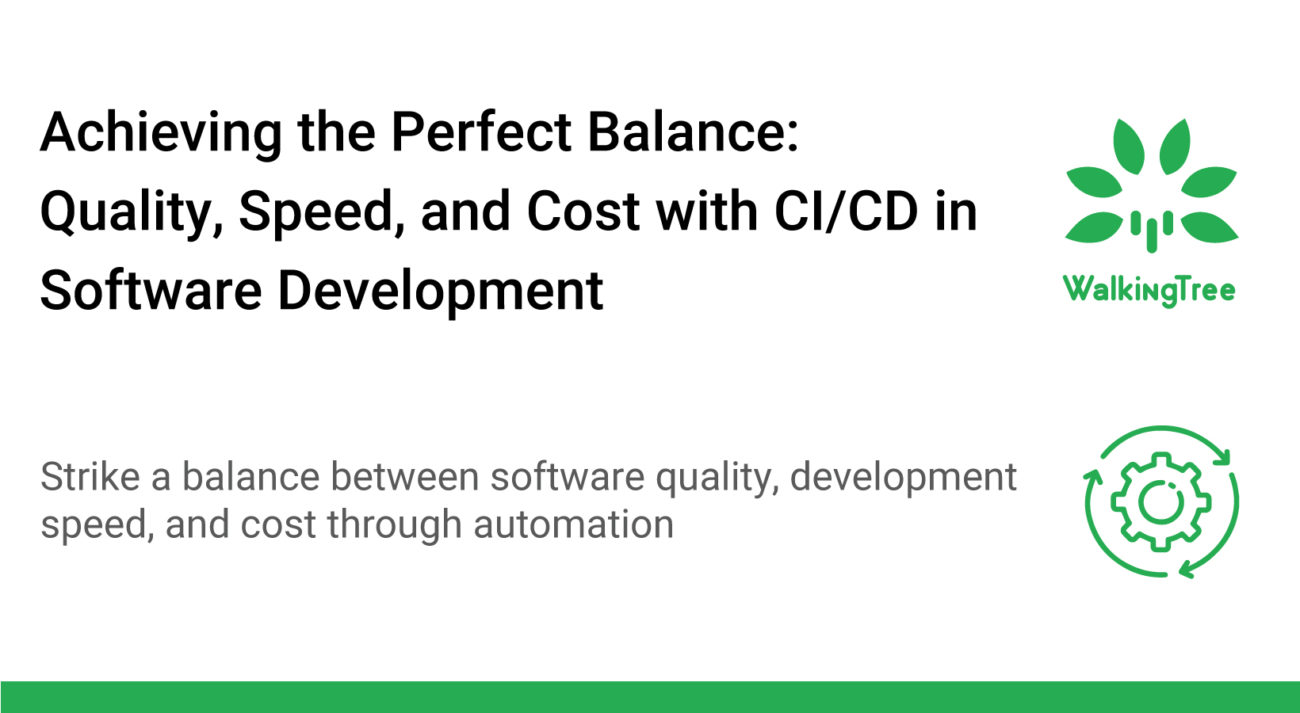

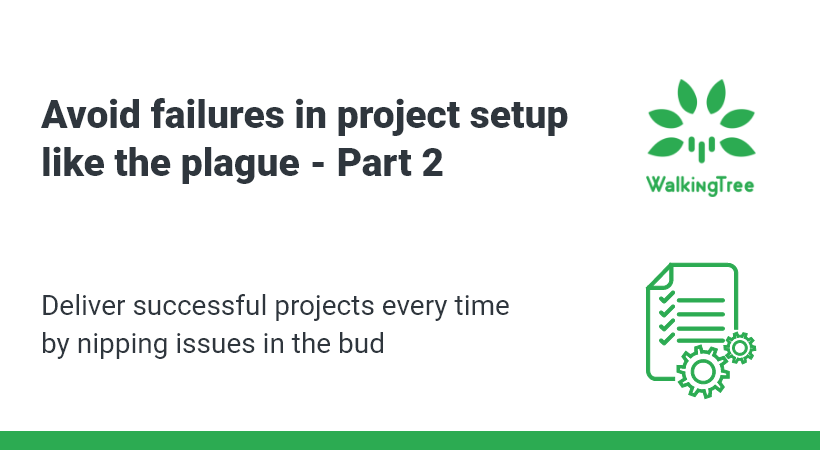

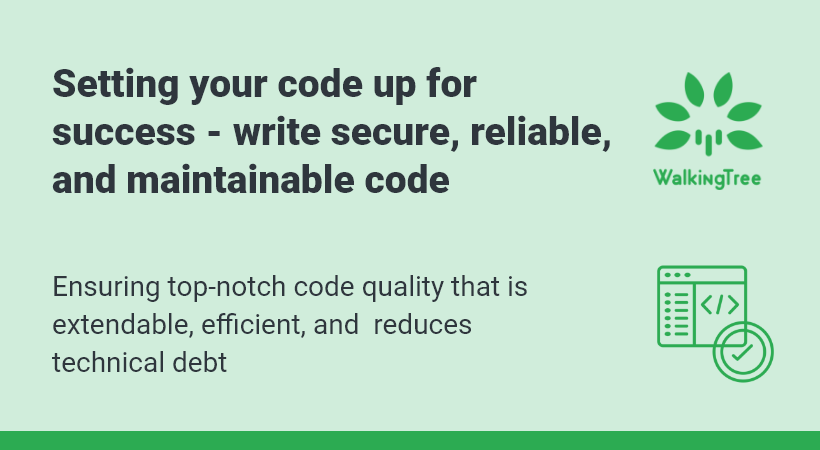
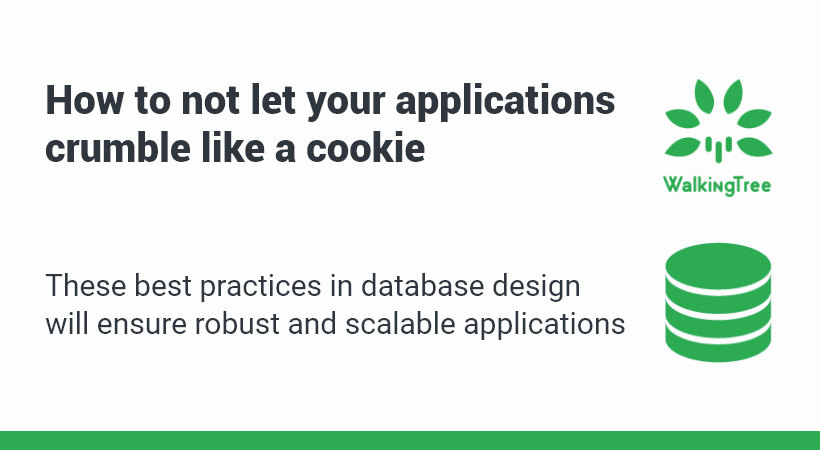
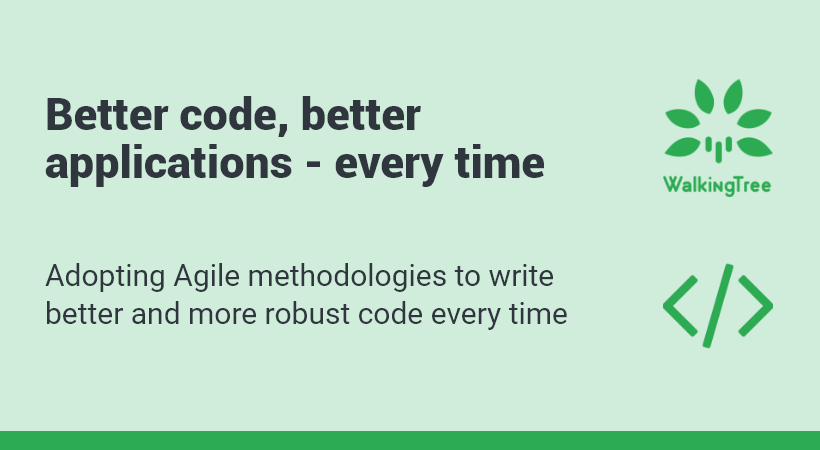
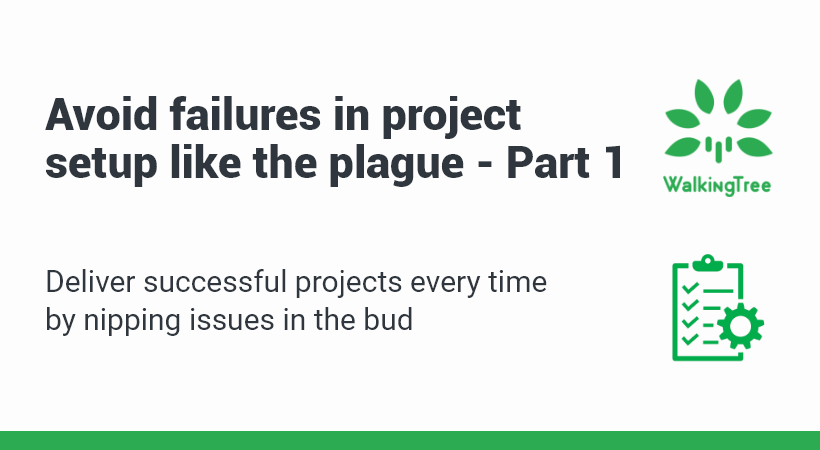
Your point of view caught my eye and was very interesting. Thanks. I have a question for you.